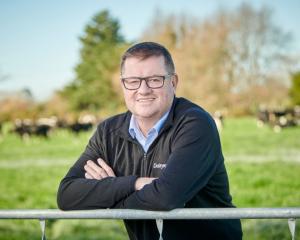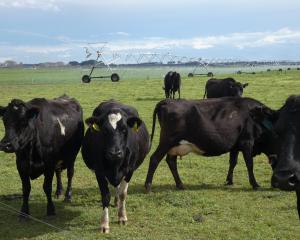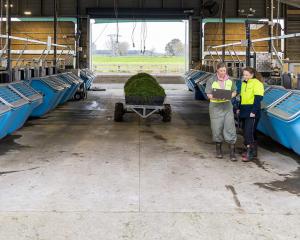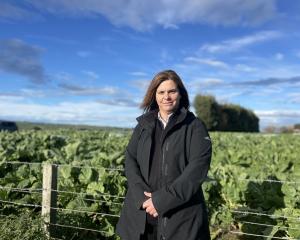
The co-op’s narrowing of the milk price forecast from $8-$11 a kilogram of milksolids to a new-look range of $9/kg-$11/kg last month has provided some surety a $10/kg midpoint or thereabouts is coming for the 2025-26 season.
This is on the back of a likely $10.15/kg payout for the 2024-25 season.
For many farmers looking at an average break-even point of $8.50/kg, that could leave them $1.50/kg, before tax, for reducing debt and catching up on capital spending.
Many projects put on the back burner during a high-cost era could now go into the farm budget.
Federated Farmers dairy chairman Karl Dean said the narrowing of the forecast range had probably given farmers more confidence it was going to happen as a $1/kg was a big lift.
"I think the majority of farmers would be making good profits at $10/kg which will result in a much better return for the IRD this year, and obviously two [$10/kg payouts] in a row, that’s going to continue onwards and more tax will be made as long as input prices don’t go through the roof."
The estimated $25 billion generated by Fonterra is a large tax contributor to government spending.
Mr Dean said farmer spending could be expected to increase.
"The two years in a row means farmers could be a bit more confident about upgrading things and spend some of that money. They might expand or they might develop more. I don’t believe they have [caught up on capital projects] and this will be the first time in the last five payouts that they might feel they can."
Many farmers will be looking at investing in technology, while infrastructure upgrades in automation, effluent systems and meeting compliance requirements needed attention.
Other farmers with low debt might look at investing in more property.
Mr Dean said that would depend on their goals and the stage of their farming development.
He said older farmers could look at expanding their businesses to set up their children or even leverage other young farmers into farm ownership.
"This could be the opportunity for the current generation to put their hand out and help the next lot up."
He said exiting farmers would be wanting a good price when they listed their properties.
But good payout years could be the right time for farmers in low debt positions to assist the next generation with equity shares, staggered ownership or vendor-type finance.
Mr Dean said the payouts could signal a rise of 50:50 sharemilking positions again.
"I don’t want to put the cart before the horse, but it does lead to those opportunities because those things can’t happen when farmers have got too high a debt ... There’s been times when sharemilking has reduced in size and maybe this is the chance for it to upsurge again."
When the payout dropped in 2024 there was a switch from 50:50 agreements to variable order sharemilking or manager roles by landowners feeling the financial pinch.
Sharemilking has long been considered a traditional strength of the dairy sector, providing a pathway for young farmers to build their skill and equity towards buying their own farm.
Mr Dean said farmers were hoping interest rates and other costs had levelled out, but fertiliser appeared to be lifting again.
He said dairy farmers were also wondering when beef prices would peak and if that would be followed by a sharp drop, in line with previous cycles.
Average beef returns were now adding about 50c/kg in milksolid payout terms to farmers.
Also on farmers’ minds is the looming sale of its global consumer business to French giant Lactalis.
Fonterra will confirm the final farmgate milk price for the 2024-25 season alongside its annual results by the end of the month.
Last month the forecast midpoint was increased from $10/kg to $10.15/kg, with the range again narrowing from $9.70/kg-$10.30/kg to $10.10/kg-$10.20/kg.
Mr Dean said farmers would also get another update on how the co-op was tracking for the 2025-26 payout.













